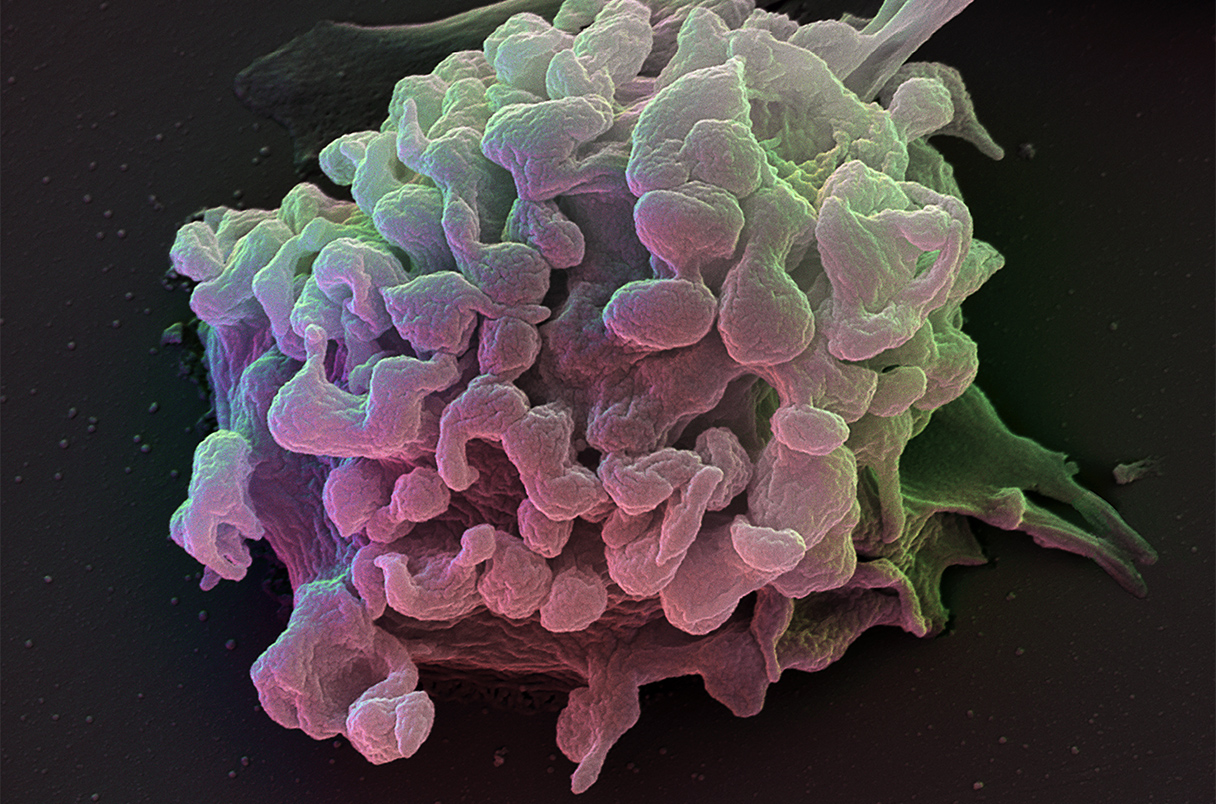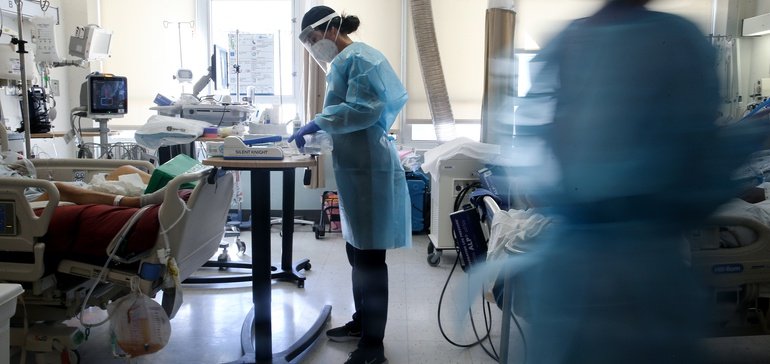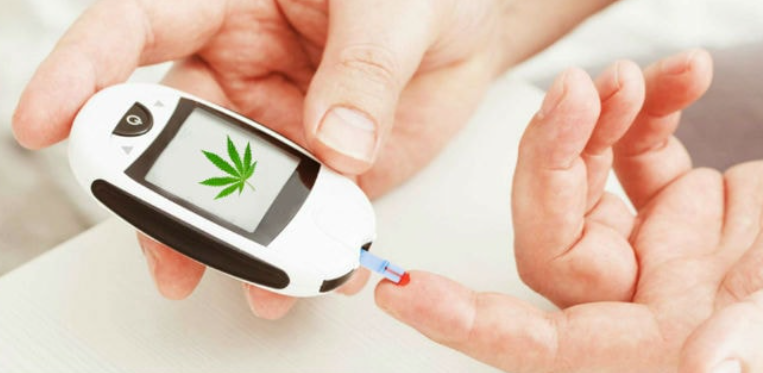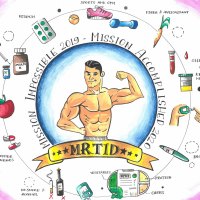Helping the Diabetes Community in Ukraine – 3/14 Update, published by JDRF.org, 14 March 2022.
 The JDRF – Beyond Type 1 Alliance continues to recommend primarily supporting Direct Relief to assist the 120,000 people living with T1D in Ukraine. They are shipping bulk donations of insulin and other diabetes supplies (about a week’s supplies for the entire country), have local connections with Ministry of Health of Ukraine and Ukraine Diabetes Federation, have the logistics footprint for distribution within Ukraine and are large and experienced enough to handle the scale of the challenge. We note … NY Times Opinion: How You Can Help Ukraine. Other major distribution chains are also opening up: International Red Cross is shipping similar quantities of insulin into Odesa and Dnipro, and Project HOPE is soon to establish cold chain distribution of another bulk source of insulin into Ukraine.
The JDRF – Beyond Type 1 Alliance continues to recommend primarily supporting Direct Relief to assist the 120,000 people living with T1D in Ukraine. They are shipping bulk donations of insulin and other diabetes supplies (about a week’s supplies for the entire country), have local connections with Ministry of Health of Ukraine and Ukraine Diabetes Federation, have the logistics footprint for distribution within Ukraine and are large and experienced enough to handle the scale of the challenge. We note … NY Times Opinion: How You Can Help Ukraine. Other major distribution chains are also opening up: International Red Cross is shipping similar quantities of insulin into Odesa and Dnipro, and Project HOPE is soon to establish cold chain distribution of another bulk source of insulin into Ukraine. Immunologists already knew mice and people deploy one type of regulatory T cell—a subset called Tregs that sports the protein CD4—and suppresses autoimmune attacks. The newer enforcers belong to a category of T cells distinguished by a different surface protein, CD8. CD8 T cells are best known for killing infected or cancerous cells, but in mice some of them also kill T cells that orchestrate autoimmune reactions.
Immunologists already knew mice and people deploy one type of regulatory T cell—a subset called Tregs that sports the protein CD4—and suppresses autoimmune attacks. The newer enforcers belong to a category of T cells distinguished by a different surface protein, CD8. CD8 T cells are best known for killing infected or cancerous cells, but in mice some of them also kill T cells that orchestrate autoimmune reactions. Third of nurses plan to quit their jobs by end of 2022 was reported by Hailey Mensik for HealthcareDive.com, 16 March 2022.
 Hospitals are currently battling some of the worst staffing shortages they’ve faced since the pandemic began as burned out healthcare workers continue leaving their roles. Many are quitting to take higher-paying traveling nurse positions or opting for early retirements, as systems attempt to wrangle in heightened labor expenses. Burnout is a key factor causing nurses to quit, followed by pay, though in general salaries haven’t risen substantially, according to Incredible Health’s report, which is based on data collected through its platform along with a survey it conducted of more than 2,500 nurses in February.
Hospitals are currently battling some of the worst staffing shortages they’ve faced since the pandemic began as burned out healthcare workers continue leaving their roles. Many are quitting to take higher-paying traveling nurse positions or opting for early retirements, as systems attempt to wrangle in heightened labor expenses. Burnout is a key factor causing nurses to quit, followed by pay, though in general salaries haven’t risen substantially, according to Incredible Health’s report, which is based on data collected through its platform along with a survey it conducted of more than 2,500 nurses in February.
Current staffing shortages are so troublesome that they’re the top patient safety concern for 2022, according to another report from healthcare safety organization Emergency Care Research Institute. ECRI Researchers said shortages are actively jeopardizing patient safety, with many patients waiting longer for care, even in life-threatening emergencies.
What does this mean to you, as a T1D or carer for a T1D? THIS IS IMPORTANT! The need for preparedness for any trip to the ER or hospital is essential. You can learn how to be prepared on TheSavvyDiabetic.com, with editable documents to get yourself organized.
The Prepared T1D: Your checklist should include:
-
- Your Personal Medical Resume
- Go Bag (with your own insulin, supplies, charging cables/batteries and glucose, plus reading glasses!)
Read more: Third of nurses plan to quit their jobs by end of 2022
Witness the fantastic artworks created by young people supported by Life for a Child was published by LifeForAChild.org … this is just beautiful and precious!
We invited children and young adults to create an artwork depicting their life with diabetes using paint, storytelling, poetry or video. We received some outstanding artwork, telling diverse and powerful stories of life with diabetes. We hope you enjoy the artworks as much as we have. Here are just a few … so many beautiful creations!!!
Knowledge grows about cannabis, CBD use by people with diabetes was written by Susan Weiner for Healio.com, 18 March 2022.
Susan Weiner, MS, RDN, CDCES, FADCES, talks with Janice Newell Bissex, MS, RDN, FAND, about potential health benefits of cannabis and CBD for diabetes.It is possible that cannabis may help with blood glucose management, decrease arterial inflammation, improve neuropathy and lower blood pressure, according to Bissex. Navigating the legal and accessibility issues and finding quality guidance are some of the obstacles people face when it comes to cannabinoid therapy for diabetes.
What effects do the use of cannabis products have on diabetes?  Cannabis and CBD interact with the endocannabinoid system, which is involved in lipid and glucose metabolism. CBD targets the body’s G protein-coupled receptors (GPCRs), which are widespread and affect many bodily functions. Most of the medications prescribed for diabetes also target GPCRs.
Cannabis and CBD interact with the endocannabinoid system, which is involved in lipid and glucose metabolism. CBD targets the body’s G protein-coupled receptors (GPCRs), which are widespread and affect many bodily functions. Most of the medications prescribed for diabetes also target GPCRs.
Inflammation and oxidative stress are factors in the development of and complications from diabetes and other chronic diseases. Cannabinoids found in the cannabis plant have well-documented anti-inflammatory and antioxidant effects. Eating a diet that includes plants, whole grains and healthy fats, managing stress and exercising can also help to keep inflammation and oxidative stress in check.
There are no reports of blood glucose worsening with cannabis use. In fact, an analysis published in 2013 of data from the National Health and Nutrition Examination Survey found that cannabis use is associated with a 16% lower level of fasting insulin and 17% lower insulin resistance. Based on this, it should come as no surprise that cannabis users may have a lower incidence of type 2 diabetes than the general population.
Two of the cannabinoids in the cannabis plant that have been identified as particularly helpful for diabetes are THCv and CBD. In addition, a terpene found in cannabis, beta-caryophyllene, plays a role in lipid and glucose metabolism and has antidiabetic potential.
A 2016 study published in Diabetes Care found that the cannabinoid THCV significantly decreased fasting blood glucose levels. CBD was found to decrease resistin and increase gastric inhibitory polypeptide, which stimulates insulin secretion. Another study, published in 2006, showed that CBD significantly reduced the incidence of diabetes in nonobese diabetic mice (86% vs. 30%). These CBD supplemented mice also displayed a decrease in inflammatory cytokine release.
Read more: Knowledge grows about cannabis, CBD use by people with diabetes








I would use CBD, if:
1. I knew what is printed on the bottle is what I am getting,
2. I knew what I bought was the same as what I bought last week, and
3. I knew that what I bought was manufactured by the company listed on the bottle.
Otherwise probably not. When it is legal for the guy in my neighborhood who drives a green jeep to sell bottles of CBD out of the back of his jeep, and he tells me it is the best stuff ever, yet he cannot tell me why it is, that freaks me out.
By the way, Mrs. Phillips and I are very happy to have contributed to Spare a Rose for Ukraine.